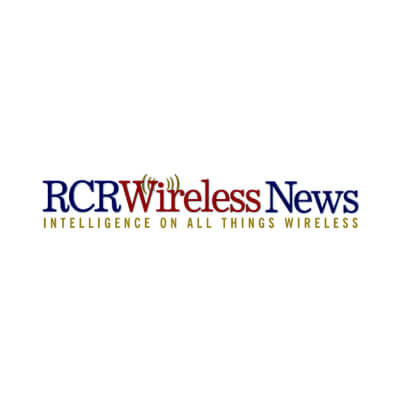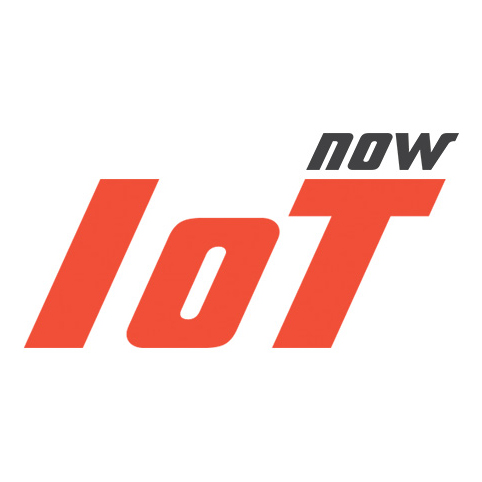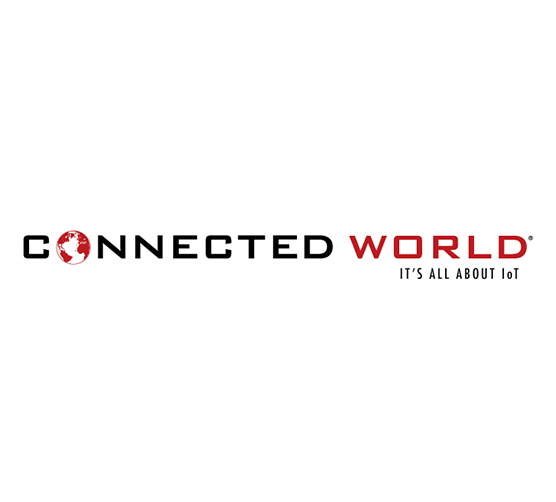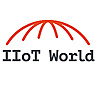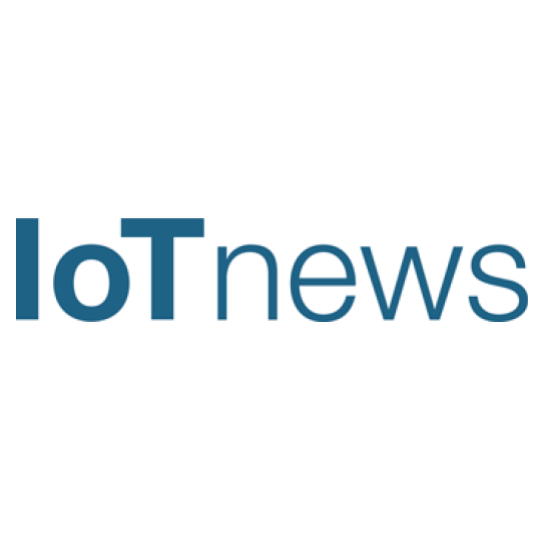
IoT in retail continues to be a major factor for the success of any business. The extensively researched report by Markets and Markets shows that the global IoT in the Retail market is expected to grow at a CAGR of 19.6% and reach USD 35.5 billion by 2025.
IoT is changing the retail industry and has already been used in supply chain optimization, order fulfillment, warehouse management, and surveillance & security of delivery vehicles. There are numerous benefits of using IoT in retail, but here I’ll list some of the competitive advantages retail stores gain by applying IoT.
Leveraging the Benefits IoT in Retail to Stay Competitive
One of the major concerns of retail companies is how to become more profitable and efficient. A large number of industry professionals yet to realize the potential of IoT in retail and fulfillment operations. Let’s see a wide range of applications of IoT for order fulfillment.
IoT Provide Smart Ways of Order Fulfillment
Adopting IoT for order fulfillment and warehouse management has many advantages, and perhaps that’s the reason why big retail giants like Amazon, DHL, and Alibaba are heavily using IoT in managing their inventory and warehouses. IoT enables to spot and track inventory items in real-time. Once the item is spotted in the warehouse, it can be transported to the delivery station, which increases productivity. IoT in warehouses is also improving security against physical injury as most of the product fetching and transportation is done with technology, and your employees feel safe.
As the trend continues, IoT in retail can help you compete with today’s big brands by decreasing warehouse management’s unnecessary expenses. Now you may experience real-time visibility with rack and shelf management. You can easily put away and retrieve products for quick order fulfillment. Using sensors in the warehouse makes it easy to sense the location of any product irrespective of its category and dimension.
For example, ultrasonic sensors can be placed to measure the height and weight of the stacked pallets. If the pallet drops below the defined dimension, the sensor will respond to this. So it’s easy to manage more boxes in the warehouse without requiring additional staff to consistently checking the boxes.
Out of several advantages, IoT in retail provides accurate information about inventory count. The data collected by RFID tags, sensors, and connected devices is further analyzed on the computer system to manage inventory items and improve quality and competitiveness. Senors also alert the warehouse manager of any threat in the warehouse. For example, it sends alerts if the floor is wet or in fire or any other threatening situation in the warehouse.
Kroger, the American retail company, installed 2,200 smart shelves in their supermarkets with RFID tags that can detect items and send the data to an IoT system. This data will further be analyzed to find information about shelves that run short of products. Also, Kroger’s smart shelves can be integrated with customers’ digital grocery lists so that they light up when an item on the list is nearby. Thus, RFID-equipped smart shelves allow the retailer to improve customer service in real-time constantly.
IoT Enables Automation in Retail Operations
Retailers are using IoT to track and manage orders, warehouses, and inventory items. Tracking these assets helps stores reduce the cost of handling them manually. But most retailers lack automation in warehouse infrastructure and supply chain networks.
To enable automation, retail companies need to make major investments in automation technologies like IoT, Artificial Intelligence, Augmented Reality/Virtual Reality, Beacons, Digital Signage, and more. New developed IoT sensors and beacons give online retailers the benefit of automation, which allows them to engage customers and drive more sales.
Many international retail companies continue to bear profits after implementing Beacons in their stores. This helps them navigate the store more easily and to understand better how customers move around their store. Beacons send customers with notifications for finding particular products in the store based on their past purchase behavior. Simultaneously, personalized discounts and offers can also be offered to customers while they move through the store.
Another good example of IoT-powered automation in retail is smart mirrors that can be located in fitting rooms to read RFID tags for each clothing item. Similarly, robots in retail cut down on various tasks and help moving particular items in inventory. Plus, they list the items that are running out of stock in the warehouse. By taking simple inventory tasks, robots free up store employees for other useful tasks.
Also, with IoT-enabled sensors, you can obtain more precise data for the items that need to be stored in a particular temperature during transit so that you can avoid substantial loss. The concept of digital signage solutions also helps online store owners to provide a personalized shopping experience. Ultimately, the IoT in retail helps automate your business and earn loyal & long-term customers.
IoT Makes Retail Outstanding With Image Recognition
With so many benefits offered by IoT in retail, retail operations still need to be streamlined to future-proof your business. With IoT-enabled systems, retail companies have the opportunity to increase the quality of work. The one way to do this is through image recognition. Employees at your warehouse lose concentration after several hours of work, leading to incorrect labeling on consignments.
With intelligence image recognition, businesses have the opportunity to increase the quality of work. For example, the AI and IoT-enabled image recognition devices send alerts for any changes in the tags, for incorrect product placements, low stock conditions, incorrect labeling, price tagging, and more. Another significant advantage of image recognition in retail is the complete visual documentation of work, which allows errors to be reviewed in detail and capture small mistakes in real-time.
While the IoT in retail is set to change the way retail companies operate their supply chain, order fulfillment, inventory, and logistics, retailers also need to adopt IoT-enabled next-gen logistics to navigate congested residential areas. To enable this, companies need to adopt self-driving vehicles, drones that promise maximum flexibility in retail operations. Dynamic navigation through IoT-enabled GPS sensors is useful for real-time tracking vehicles and situations like traffic jams and blockages. Similarly, IoT devices can be used to measure different parts of vehicles’ performance, which lets drivers make repairs before the breakage occurs.
Final Words
Undoubtedly, IoT in retail plays a pivotal role in providing end-to-end visibility to supply chain, warehousing, inventory, order fulfillment, and logistics. The persuasive IoT ecosystem has the huge potential to alter the retail sector’s course and eventually solve business problems in real-time. Anticipating each of these benefits will make retailers’ journey a profitable investment and offer a competitive advantage in the marketplace.




 Related Podcast Episode
Related Podcast Episode




 Related Applications
Related Applications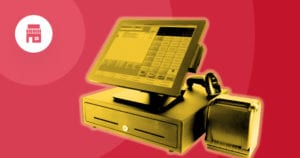

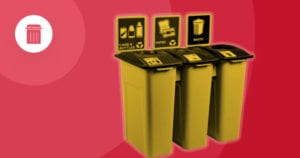

 Latest IoT News
Latest IoT News
